 |
|
  01.13.03 01.13.03
click to enlarge
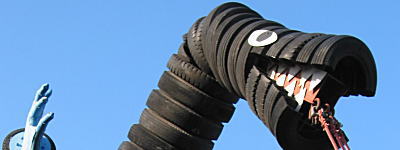
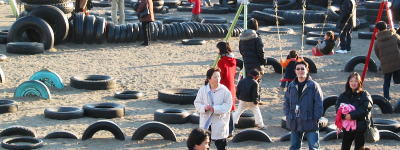
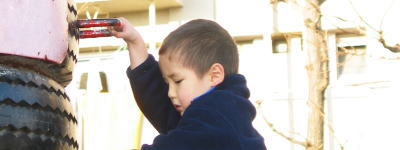
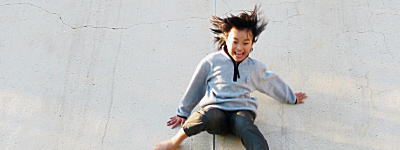
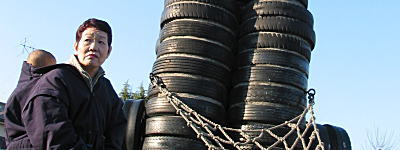
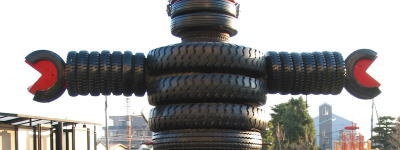
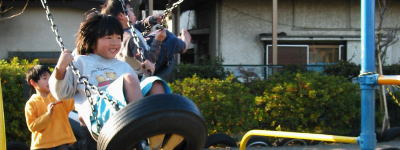

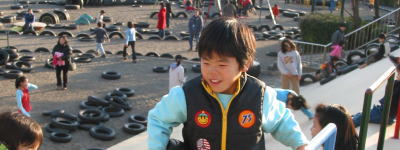
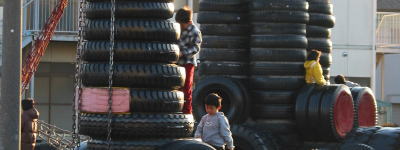
Japan has finally discovered a solution to
the age-old problem of what to do with used
tires, the answer: Turn them in to park toys.
This idea is definitely a keeper. I now realise
that it's my destiny to return to Canada
and become the 'Tire Park King'.
I took the pictures in today's post at a
playground in Kamata (South Tokyo) made up
almost entirely of old tires of every shape
and size. There were fat tires and skinny
tires, monster-sized mining truck tires and
little mini moped tires. Some tires where
hung on chains, while others were buried
in the ground. There were towering stacks
of tires in the shape of fantastic creatures,
and disordered heaps of tires for improvised,
creative use.
In Canada we do one of two things with our
old tires: We either stash them in obscure
rural towns, like an old lady with a deformed
child hidden in the basement, or else we
burn them en masse in order to create truly
world class ecological disasters.
Does anybody remember Hagersville? We dumped more than 14 million used tires
on that little town before they caught
on
fire.
And I just sit here and think, "Man!
What I could do with 14 million tires!"
I could build the Disneyland of tire parks.
Say goodbye to Canada's Wonderland, hello
to 'Tire World'. I can just see it now: A
post apocalyptic theme; employees dressed
like rejects from a Mad Max movie; the heady
scent of slow-release chemical compounds;
thousands of little black-stained hands and
rubber-burned knees.
Who could ask for more? Fun through reuse!
-------------------------------
In other site news, nominations are now open
for the first annual 'Photoblog' awards.
This is a great idea and a good thing for
the photoblog community, so go there now,
nominate your favourite blogs, and make sure
to return in February to cast your votes.
  01.11.03 01.11.03
click to enlarge
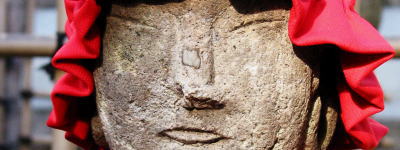
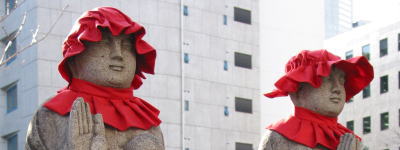
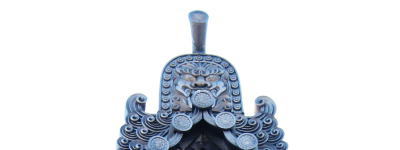
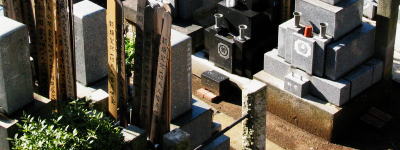
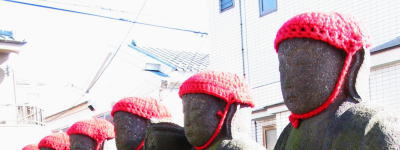
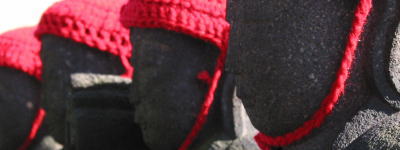
I have the most amazing Tokyo map book, it's
called the Tokyo City Atlas: A Bilingual Guide. The maps are beautifully formatted, it's
concise yet complete, and I carry it with
me everywhere I go. Maybe it's odd, but I've
always had a thing for atlases and dictionaries.
I was thinking about how much I like my map
book because I used it today to go exploring
with Jack. We went for a long walk in the
neighbourhood. I wanted to take some pictures
and give Karen some time alone.
I often go exploring. I always have. When
I'm free I'll just go walking in a direction
that I've never taken before. I also like
to take alternative routes to and from work
and home, just for variety's sake. And do
you know what? I don't think that I've ever
been lost. I guess that I have a good sense
of direction.
Have you ever wondered what a 'sense of direction'
is? And why some people seem to have it while
others don't?
I've thought about it and haven't found the
answer, but I have noticed one thing, that
people tend to navigate in one of two basic
ways: By landmarks and by an abstract mental
map. People tend to mix methods to some degree
but generally favour one over the other.
Furthermore, I've noticed that there is a
gender bias (and please don't write to me
and call me a chauvinist), women tend to
navigate using landmarks and men tend to
navigate using an abstract mental map and
the cardinal directions (i.e, North, South,....).
I think that it's pretty clear what I mean
by 'navigating using landmarks', but you
may be confused by the meaning of abstract
mental map. I'm very much an abstract-map
guy so I'll try to explain to you how my
mind works.
Wherever I am I'm aware of the general direction
of a major natural feature or section of
the city. I also have a clear idea of the
relationship, in terms of distance and direction,
between different parts of the city. For
example, when I'm in Toronto I always know
in which direction, more or less, Lake Ontario
is, and that that's South. As I walk and
progress through the landscape my mind floats
high above me and looks down upon where I
am as if I were a dot on a paper map. As
I turn left and right I always reorient myself.
Once again in Toronto, if I'm walking down
Queen street and I know that the lake is
somewhere in the distance to my right, when
I later turn left on Yonge street I know
that the lake is now at my back.
I once lived in Vancouver and had a girlfriend
who grew up there. She knew the city extremely
well. One day we had to go to the airport
to meet someone and she was going to drive.
We were at a friend's house downtown and
were about to leave for the airport when
she told me something that I found hard to
understand: "I don't know how to get
there from here."
I said, "What are you talking about?
I know you've been to the airport before,
lots of times, what do you mean you don't
know how to get there?"
She replied, "I've only ever gone to
the airport from my house in the suburbs,
I don't know how to get there from downtown."
She knew where the airport was, and she knew
where she was, but she couldn't connect the
two points in her mind. To her, going to
the airport meant following a set of known
streets and landmarks. Needless to say, I
navigated to the airport that day.
There are good and bad things about both
navigation methods. Some of the good things
about using an abstract mental map are, 1)
the ability to get to known places via a
novel route, 2) less of a chance of getting
lost in new territory, and 3) it makes getting
around in cities laid out in grid patterns
a piece of cake.
Some of the good things about relying on
landmarks are, 1) easily backtracking to
find your way home (good for foreign cities),
2) it's better for giving directions to other
people, and 3) it's good for navigating cities
with unsymmetrical layouts.
Anyway, if tomorrow is nice Jack and I may
go out and take some more pictures. When
he gets older I'm going to buy him a compass,
just so he can navigate himself like his
good ole dad.
  01.08.03 01.08.03
click to enlarge
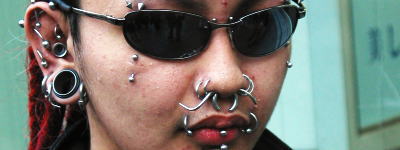

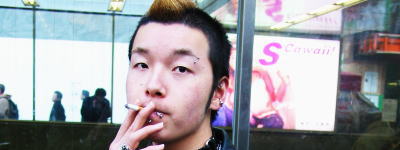
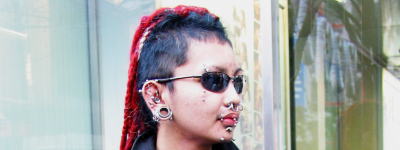
I witnessed my second crime in Japan yesterday,
and it was particularly Japanese: I saw a
man playing shogi for money run from the
police.
What's shogi? And, why did the man
run?
Shogi is a Japanese board game very much like
chess. And the man ran because gambling is
illegal in Japan (more or less).
It happened like this. Outside the South
exit of Shibuya station is a huge network
of pedestrian overpasses that allow people
to get to the other side of a major road.
The main overpass network is in the shape
of a square, it's above a busy road, and
below an enormous raised expressway. Every
morning I use this pedestrian overpass to
get to my office.
Yesterday as I walked up the stairs on the
Northeast corner, I noticed that a shifty
looking homeless man was loitering at the
top of the steps. He was nervously looking
in turn down each of the two walkways that
met at that corner. First he'd look down
one way, then turn his head and look down
the other way, then turn back and look down
the first way again, over and over.
I walked passed the homeless man and
didn't
think much of it. I was about three
quarters
the way down the walkway when suddenly
he
ran past me at a frantic pace.
Just up ahead of me, at the other corner
of the walkway, was a group of middle-age
men standing around a shogi board that rested
on a tall collapsible stand. The homeless
man was waving his arms and shouting. He
was their lookout. Someone grabbed the playing
board and dumped it in a shopping bag. Another
man undid a latch on the stand, collapsed
it, and stuck it in his coat. Everyone dispersed
in different directions. Everything happened
in a matter of seconds.
At that point I still wasn't exactly sure
what was going on, but then out of nowhere
two foot cops appeared behind me walking
their beat. They hadn't seen a thing.
The shogi man may have lost his customers,
but I know that he went on to play
shogi
for money another day.
  01.05.03 01.05.03
click to enlarge
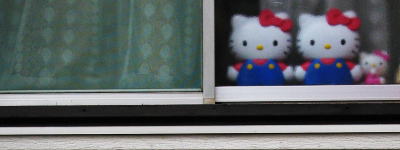
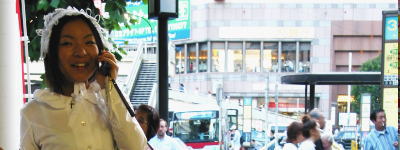

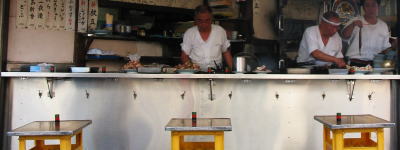
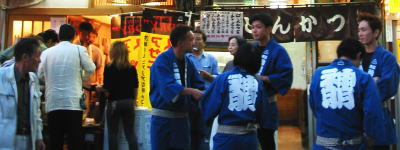
I'd like to say hello to all of you new Hunkabutta
visitors coming here from CBCradio3.com.
The people at CBC were kind enough to use
some Hunkabutta pictures in the current issue
of their weekly online magazine. For those
of you not from Canada, CBC stands for the
Canadian Broadcasting Corporation. It's a government owned media company,
a lot like the BBC in England.
If you click on the link above to visit the
CBC radio3 web site, be warned that it's
a high bandwidth, Flash animation site. What
this means is that you may not be able to
view the site if you connect to the Internet
via a slow dial-up telephone connection (that
means you Mom) because it would take a really
long time for each page to load into your
web browser. However, give it a try if you
like, it may work anyway.
The site is pretty slick but a little confusing
to navigate at first. It's structured somewhat
like a print magazine. You initially get
taken to the 'front cover' where you can
follow links to various articles. There is
a table of contents page that you can return
to by clicking a link on the left side of
every page. You 'turn' each page by clicking
on a triangular icon in the upper right-hand
corner of the screen that is supposed to
represent a dog-eared page corner.
My pictures are interspersed throughout the
various articles. There are about 15 in all.
They're also listed and accessible as a group
from the table of contents on the right-hand
side.
As you might have guessed, I'm not really
much of a fan of Flash animation sites. They
often seem to have unorthodox and confusing
navigation patterns. On the upside, the photos
are shown full screen in high resolution
and look really sharp.
Hope you like them. Thanks again CBC.
|
|
|
 |


10 comments so far